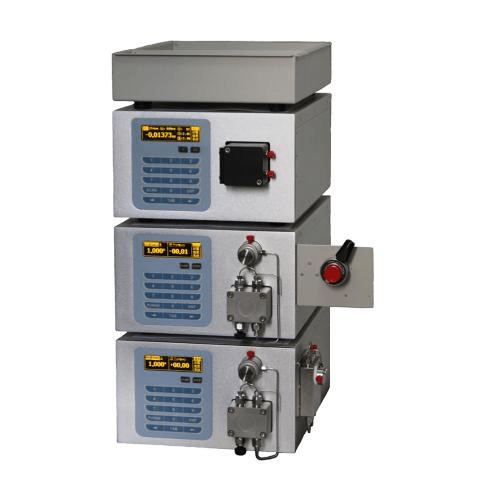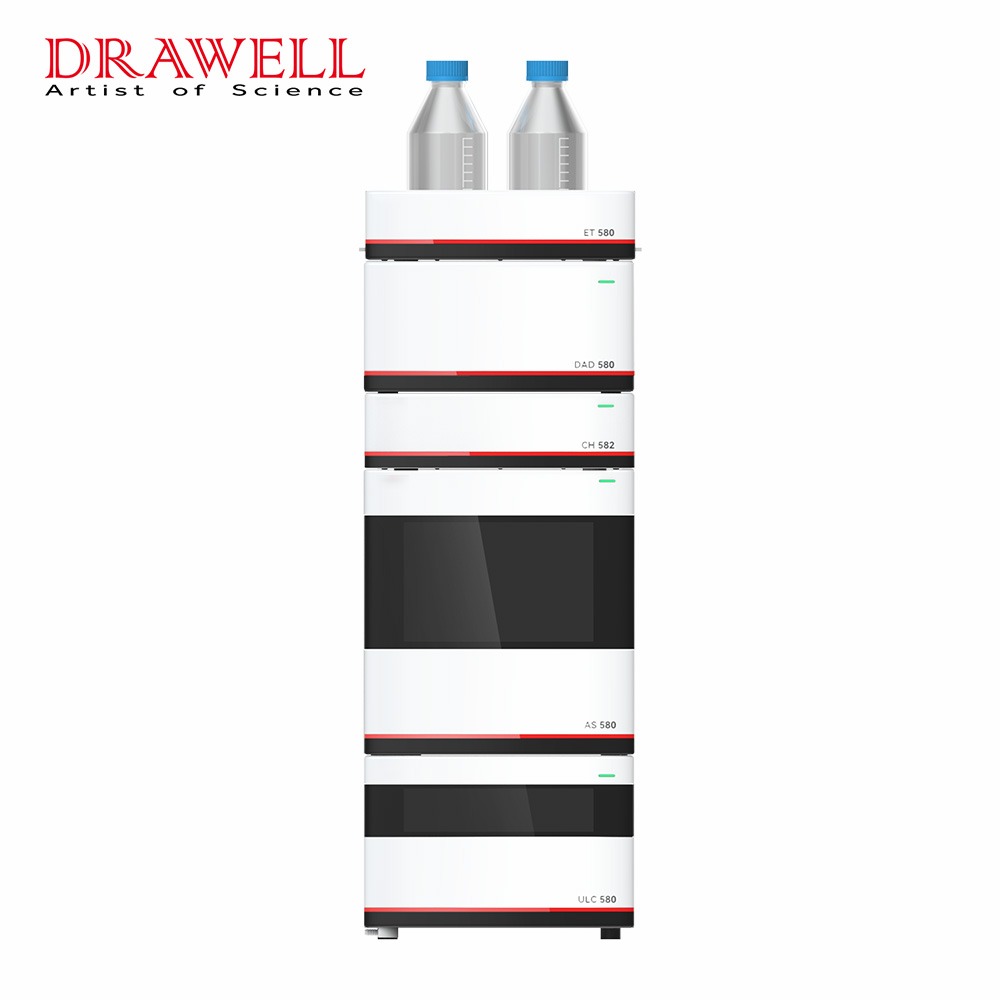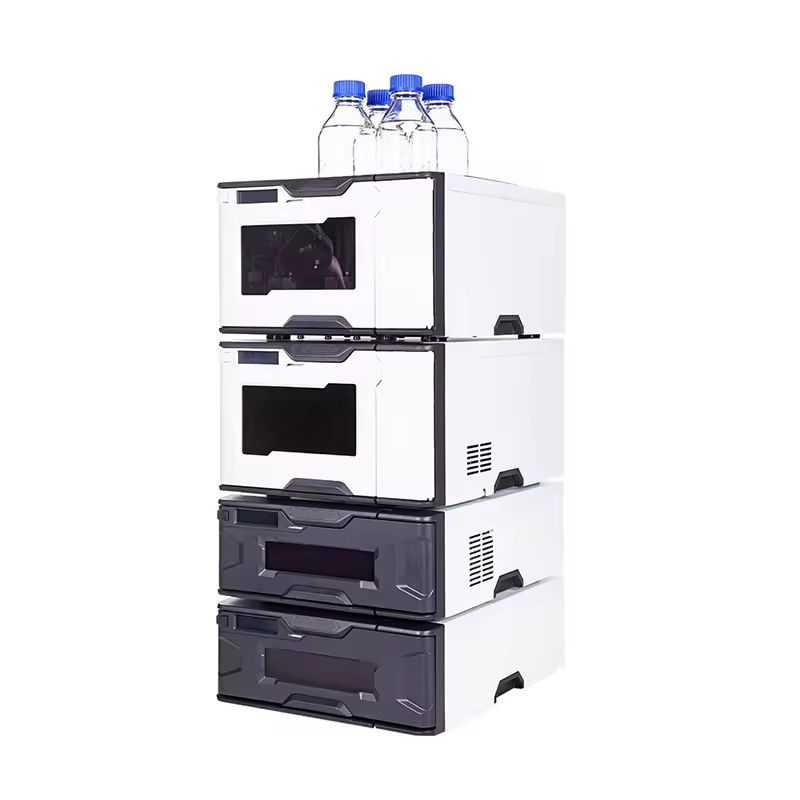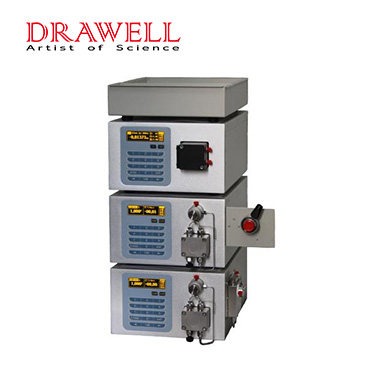High-Performance Liquid Chromatography (HPLC) is a powerful analytical technique widely used in pharmaceutical, environmental, and food industries for separating, identifying, and quantifying chemical compounds. The heart of any HPLC system is the column, where the separation of components occurs based on their interactions with the stationary phase. Among the various types of columns used in HPLC, chiral columns play a crucial role in separating enantiomers, which are mirror-image isomers of a molecule. This article explores the different types of columns used in HPLC and provides a detailed introduction to chiral columns.

Types of Columns Used in HPLC
1. Normal-Phase Columns
Principle: Polar stationary phase and non-polar mobile phase.
Applications: Separation of nonpolar compounds such as lipids, steroids, and fat-soluble vitamins.
2. Reverse-Phase Columns
Principle: Non-polar stationary phase and polar mobile phase.
Applications: Commonly used for separating polar compounds like amino acids, peptides, and pharmaceuticals.
3. Ion-Exchange Columns
Principle: Stationary phase with charged sites and a mobile phase with ions of opposite charge.
Applications: Separation of ions and polar compounds based on their charge.
4. Size-Exclusion Columns
Principle: Stationary phase with pores of varying sizes to separate molecules based on size.
Applications: Ideal for separating large biomolecules such as proteins, polysaccharides, and nucleic acids.
5. Affinity Columns
Principle: Stationary phase with specific ligands that interact with target molecules.
Applications: Highly selective for isolating specific biomolecules like antibodies, enzymes, and receptors.

Detailed Introduction to Chiral Columns Used in HPLC
Principle of Chiral Chromatography
Chiral chromatography is employed when the separation of enantiomers is essential. Enantiomers have the same physical and chemical properties but differ in their interaction with plane-polarized light. Chiral columns exploit these differences to achieve separation.
2 Types of Chiral Columns
- Packed Chiral Columns: These columns contain a chiral stationary phase packed into a column. Packed chiral columns are available in both normal-phase and reverse-phase configurations, providing versatility in separation.
- Immobilized Chiral Columns: The chiral selector is covalently bonded to the stationary phase, ensuring stability and efficiency. Immobilized chiral columns are particularly useful for long-term use and robust separations.
3 Applications of Chiral Columns
- Pharmaceuticals: Chiral separation is crucial in drug development and quality control. Chiral columns help identify and quantify individual enantiomers, ensuring the efficacy and safety of pharmaceutical products.
- Environmental Analysis: Chiral HPLC is used in environmental monitoring to separate and analyze chiral pollutants, pesticides, and other compounds that exist as enantiomers.
- C. Food and Flavor Analysis: Chiral columns are employed to analyze and differentiate enantiomers in food and flavor compounds, ensuring the quality and authenticity of food products.

How to Choose the Right Columns Used in HPLC?
Choosing the right chromatographic column for High-Performance Liquid Chromatography (HPLC) is crucial for achieving successful separation of your analytes. Here’s a guide to help you make the best choice:
Factors to consider:
- Analyte properties
- Chemical nature: Polarity, hydrophobicity, and charge of your analytes will influence their interaction with the stationary phase.
- Molecular size and shape: Larger or irregularly shaped molecules require a wider pore size in the stationary phase.
- Concentration and expected peaks: Consider the amount of your analytes and their peak heights. Narrower columns provide better resolution for closely eluting peaks.
- Separation mode
- Reversed-phase (RP): Most common mode, suitable for non-polar analytes. Choose a C18 stationary phase for most cases.
- Normal-phase: Suitable for polar analytes. Silica-based stationary phases are commonly used.
- Ion-exchange: Separates charged analytes based on their ionic interaction with the stationary phase. Choose a cation-exchange or anion-exchange column based on your analytes’ charge.
- Size-exclusion chromatography (SEC): Separates molecules based on their size. Choose a column with the appropriate pore size range.
- Column specifications
- Length and diameter: Longer columns provide better resolution but take longer for analysis. Shorter columns are faster but offer less resolution.
- Particle size: Smaller particles provide higher resolution but require higher pressure.
- Pore size: Larger pore sizes accommodate larger molecules but may result in lower resolution.
- pH stability: Choose a column compatible with the pH range of your mobile phase.
Conclusion
Understanding the various types of HPLC columns is essential for optimizing separations in analytical applications. Chiral columns, in particular, play a vital role in resolving enantiomers, contributing to advancements in pharmaceuticals, environmental analysis, and food safety. Researchers and analysts must carefully choose the appropriate column type and conditions for their specific analytical needs to achieve accurate and reliable results.



